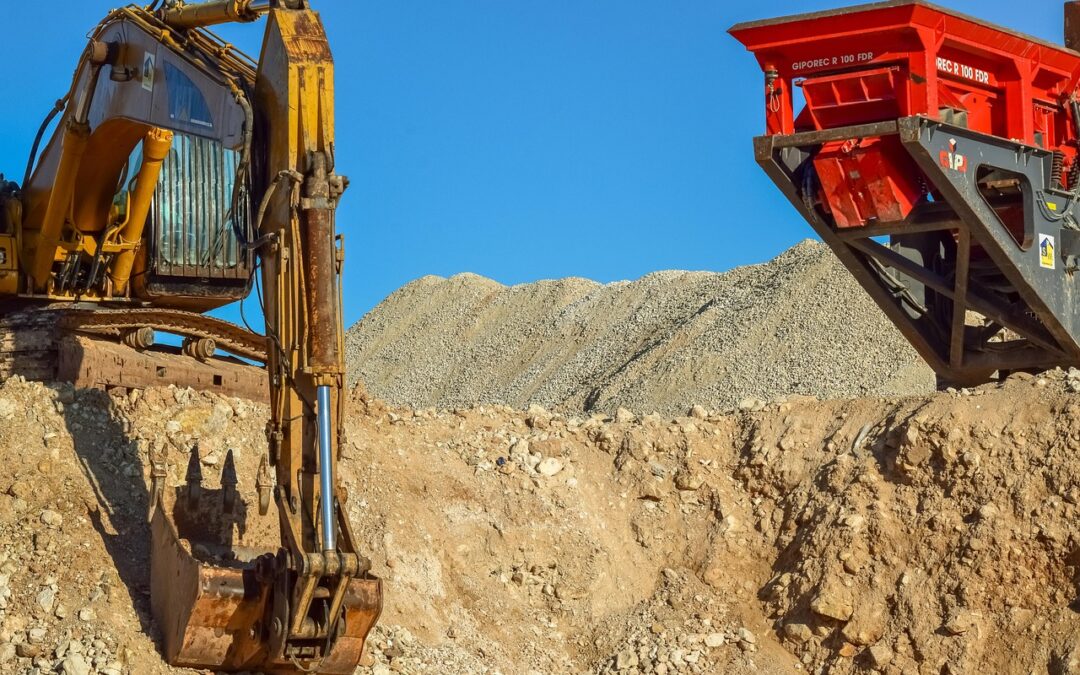The work-life balance in the mining industry is a topic that resonates deeply with mining professionals, their families, and employers. Mining is a challenging field, often demanding long hours, remote locations, and physically taxing work. While mining contributes significantly to global economies, its impact on the well-being of its workforce cannot be ignored.
In this article, we’ll explore the unique challenges mining professionals face in achieving work-life balance, the role of employers in supporting their workforce, and strategies for fostering a healthier balance between professional and personal lives.
The Unique Challenges of Work-Life Balance in Mining
The mining industry’s demanding nature presents unique challenges that can strain work-life balance:
- Extended Hours: Many miners work 12-hour shifts, leaving little time for personal pursuits.
- Remote Locations: Mining sites are often far from urban centers, isolating workers from families and social activities.
- Physically Demanding Work: Fatigue from labor-intensive tasks reduces energy for personal life.
These factors create a challenging dynamic, making it essential to prioritize both productivity and employee well-being.
The Impact of Remote Locations on Employee Well-Being
Mining operations often occur in remote regions, which can have significant consequences on workers’ mental and emotional health:
- Isolation: Workers are separated from their families and communities for extended periods.
- Limited Resources: Access to healthcare, recreational activities, and other amenities may be restricted.
- Environmental Stress: Harsh conditions, such as extreme weather, can add to the strain.
Companies must address these issues by offering tools to connect workers with loved ones.
The Role of Shift Schedules in Work-Life Integration
Shift schedules in mining often involve long hours and extended rotations, such as 14 days on-site followed by 7 days off. While these schedules maximize productivity, they challenge work-life balance in the mining industry:
- Fatigue Accumulation: Long shifts lead to exhaustion, affecting workers’ quality of life.
- Irregular Family Time: Rotational schedules often conflict with family routines and events.
- Limited Flexibility: Rigid schedules leave little room for personal responsibilities.
Adopting more flexible shift patterns and implementing rest periods can significantly improve work-life integration for mining professionals.
Mental Health Considerations for Mining Professionals
The mental health of miners is a critical component of overall well-being:
- Stress Levels: High-pressure environments and tight deadlines increase stress.
- Depression and Anxiety: Isolation and demanding schedules can lead to mental health challenges.
- Stigma: In some industries, including mining, there’s still a stigma around seeking mental health support.
Employers can encourage open discussions about mental health, and promote a supportive workplace culture to address these challenges.
Strategies for Achieving a Healthier Work-Life Balance in Mining
Practical strategies can help mining professionals maintain a healthier balance between their work and personal lives:
- Time Management: Encouraging efficient use of off-shift time for hobbies, family, and rest.
- Regular Breaks: Ensuring miners have adequate rest periods to recharge.
- Support Networks: Providing access to peer support groups for shared experiences and advice.
By implementing these strategies, mining professionals can better navigate the demands of their work while prioritizing their well-being.
Technology’s Role in Enhancing Work-Life Balance in Mining
Technological advancements are transforming the mining sector, creating opportunities to improve work-life balance in the mining industry:
- Automation: Reducing the need for physically taxing labor and long hours.
- Remote Operations: Allowing some roles to be performed from central locations closer to urban centers.
- Digital Tools: Enhancing communication between workers and their families, even in remote areas.
These innovations help minimize the challenges of traditional mining work while improving overall job satisfaction.
Employer Responsibility: Supporting Work-Life Balance in the Industry
Employers play a vital role in fostering a supportive work environment. Initiatives that show genuine care for employees include:
- Flexible Scheduling: Allowing workers to customize schedules based on personal needs. This may require owners and operators to rethink how their teams are structured, but willingness to rethink traditions like these may lead to more innovative and stable teams in the long run.
- Recognition of Work-Life Balance: Celebrating efforts to maintain a healthy balance through rewards and acknowledgment.
Investing in such programs not only improves employee morale but also enhances productivity and retention rates.
The Future of Work-Life Balance in the Mining Sector
As the mining industry evolves, so do the expectations around work-life balance. Future-focused trends include:
- Sustainable Practices: Developing greener operations that reduce environmental and worker strain.
- Workforce Diversity: Attracting younger and more diverse talent with modern work-life balance policies.
- Collaborative Efforts: Partnering with government and community organizations to improve worker well-being.
These trends point to a future where mining professionals can thrive both personally and professionally.
Balancing Safety, Productivity, and Employee Well-Being
The mining industry is built on a foundation of hard work, expertise, and resilience. However, achieving a balance between safety, productivity, and employee well-being is essential. Companies must:
- Prioritize safety protocols that protect all employees.
- Create productivity models that don’t compromise work-life balance.
- Support miners with programs that address their physical and mental needs.
This balance ensures long-term success for both workers and businesses.

Moving Toward a More Sustainable Work-Life Balance in Mining
The journey toward sustainable work-life balance in the mining industry involves collaboration, innovation, and empathy. By addressing challenges such as remote locations, demanding schedules, and mental health, the industry can create a supportive environment for its workforce.
Through technology, flexible policies, and a commitment to well-being, mining companies can lead the way in transforming the sector into one where employees thrive in both their professional and personal lives.

